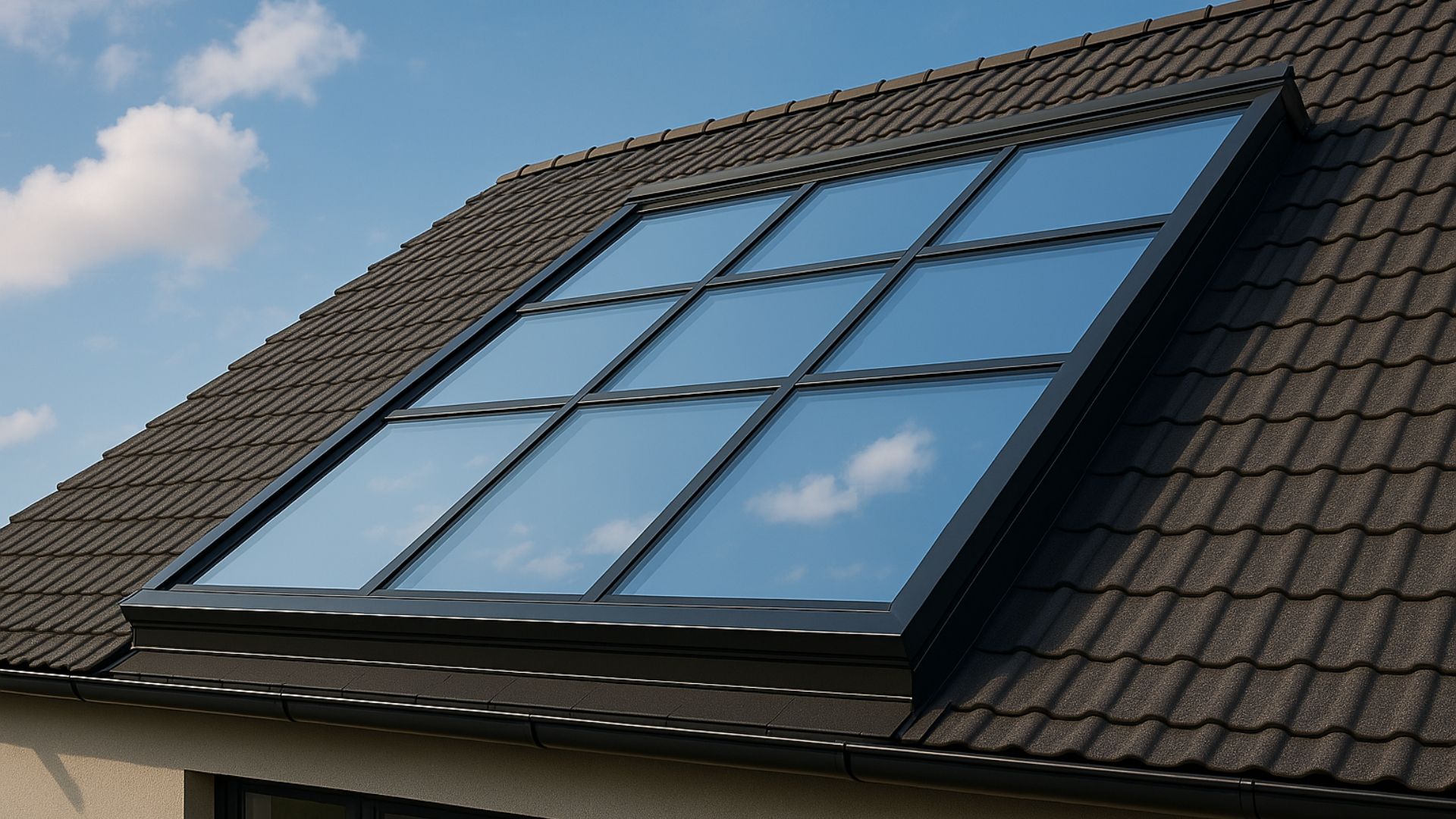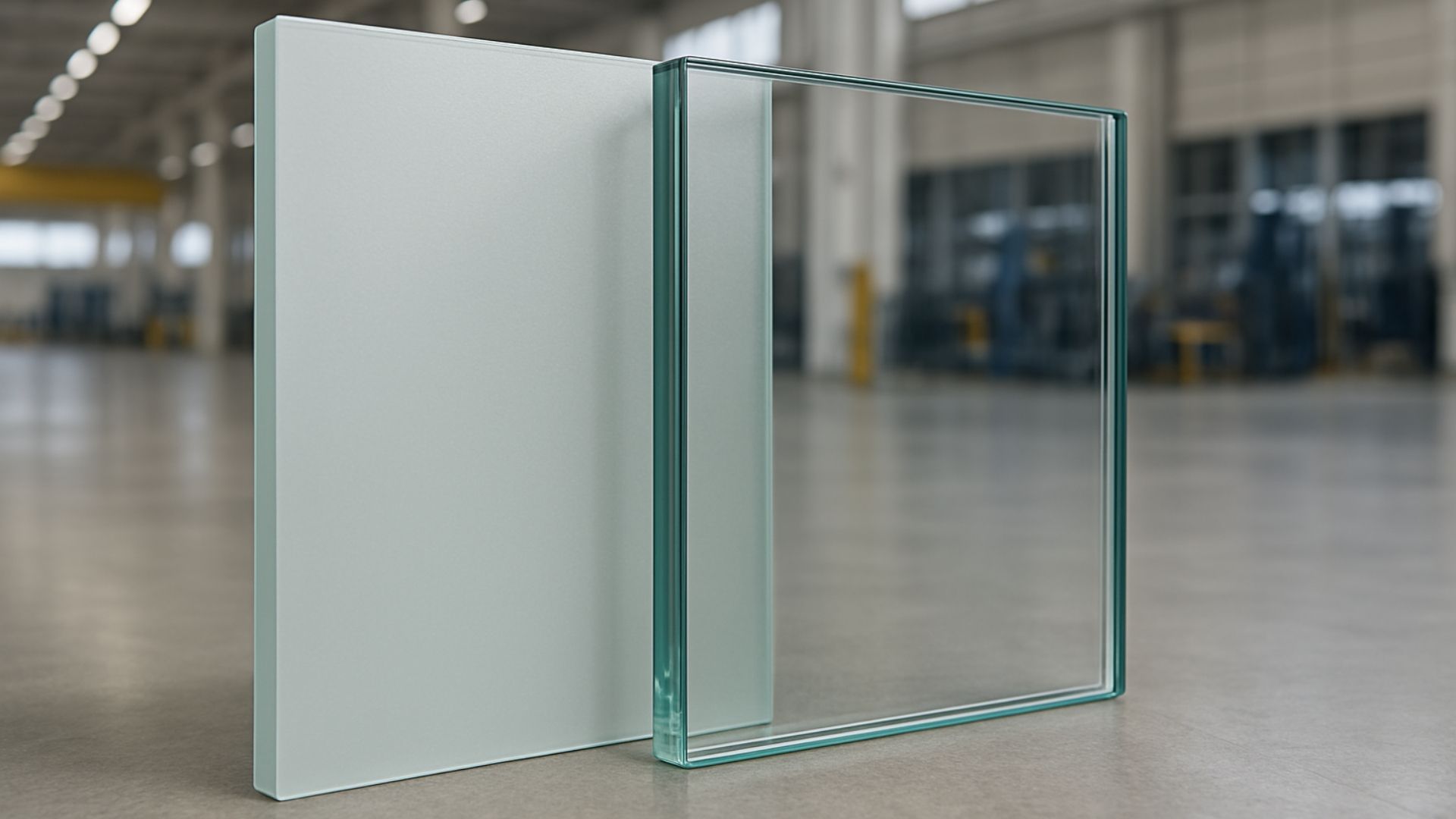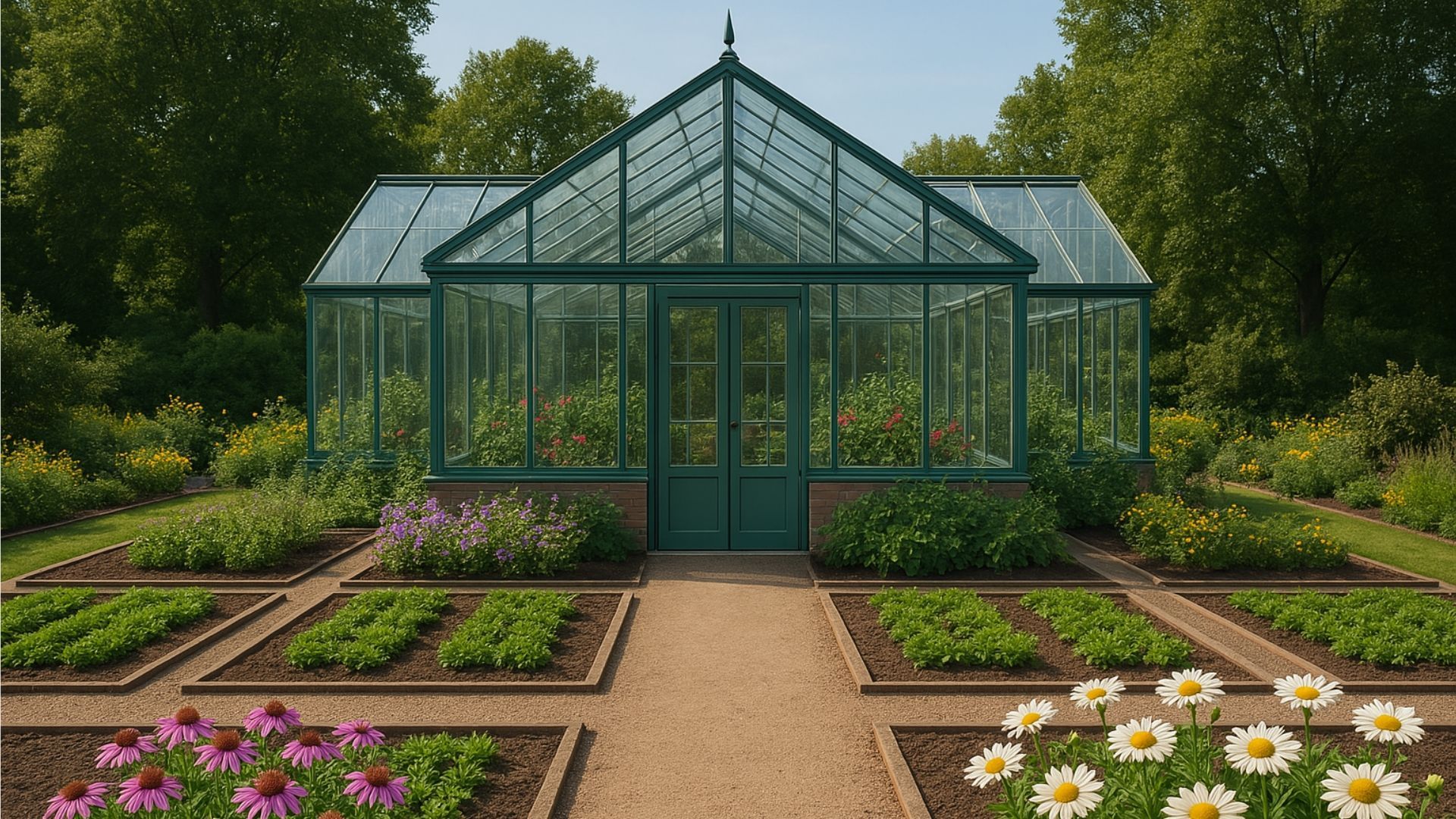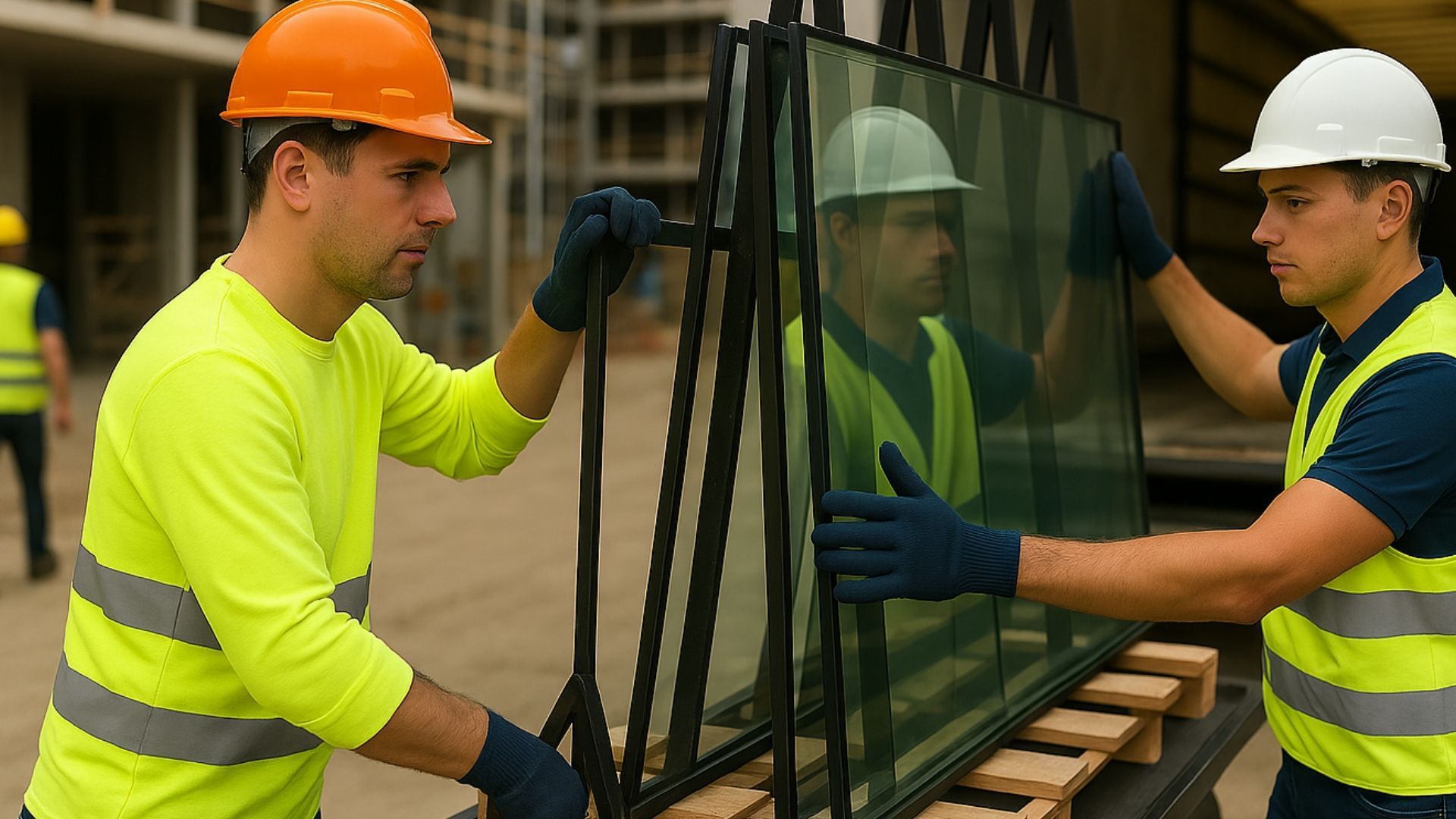Curved glass in architecture: 5 amazing examples
Share this blog:
Curved glass can add a touch of (curved) class to any building. Join us as we explore 5 amazing examples.
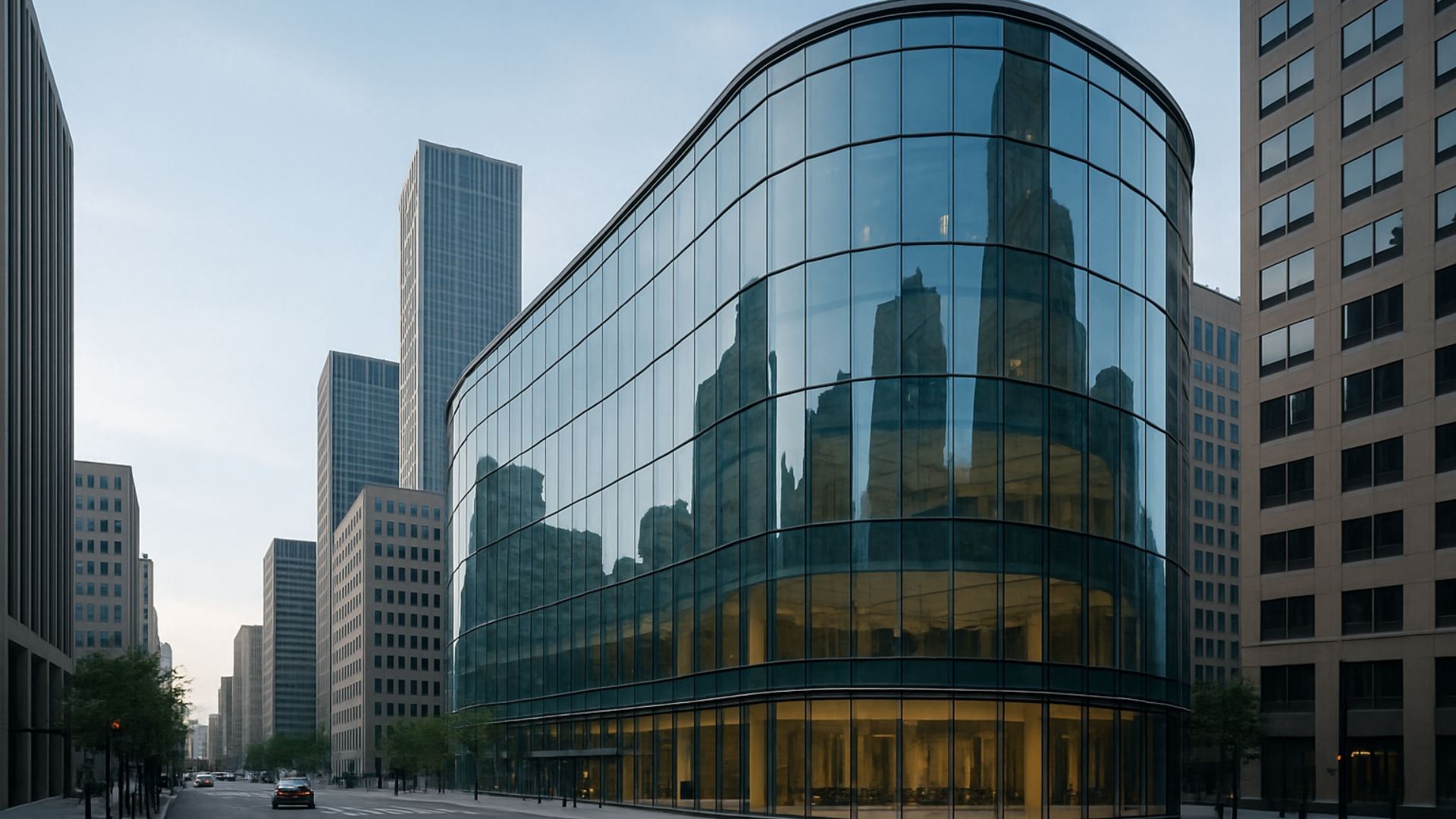
Glass has always been about so much more than the purely practical.
From the very earliest beads and beakers to the bridges and elevators of today's urban centres, glass has long been a go-to for designers looking to make an impression.
From stained glass to
smart glass, there's something about the versatility and light-enhancing properties of glass that make it an architect's dream.
This is nowhere more clearly seen (pardon the pun) than in the extensive use of curved glass in 20th- and 21st-century architecture. It can be sleek and subtle, big and bold, or anything in between. And despite its popularity, it's never lost its capacity to impress.
Like all architectural glazing, these curved creations are only possible thanks to painstakingly developed and finely tuned manufacturing processes.
In this article, we explore five amazing examples of curved glass in architecture. It's by no means an exhaustive list. However, we hope it fires your imagination and gives you a sense of just what curved glass can do.
1. The Guggenheim Museum, New York City, USA
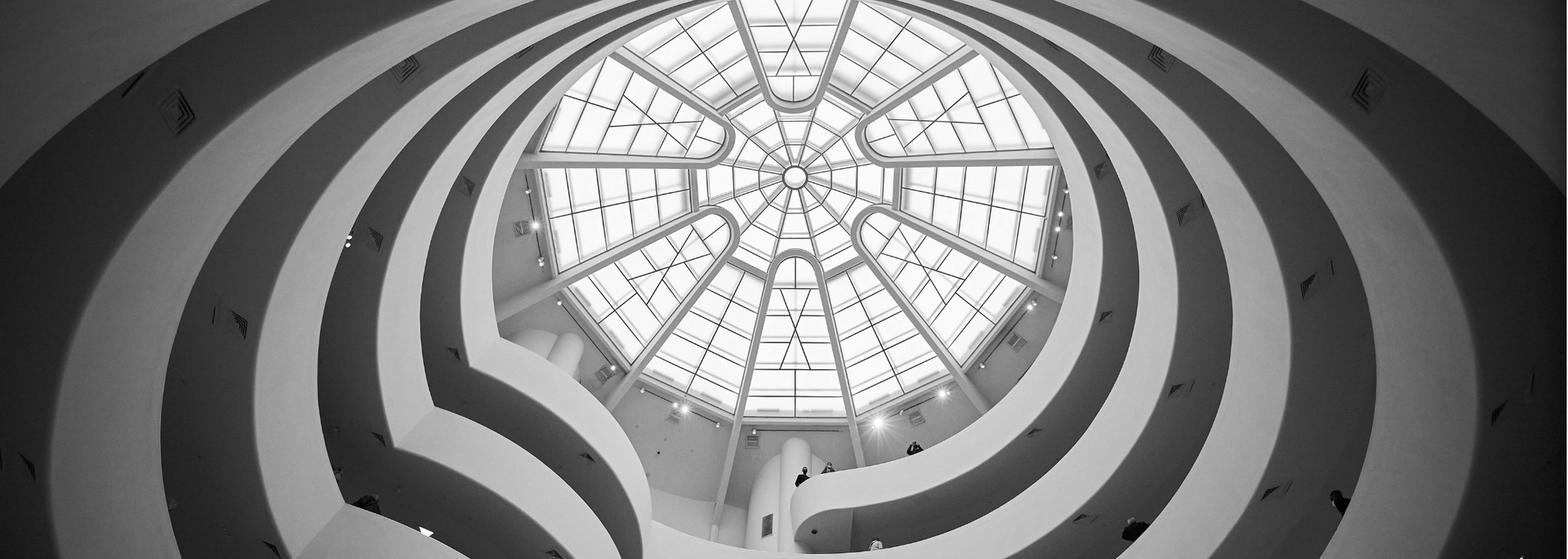
The Guggenheim would be an international landmark if its art collection was housed in a shed – such is the pedigree of its permanent collection.
Yet it's also a landmark of 20th-century architecture – and its innovative use of curved glass is an integral and unforgettable part of the package.
Designed by Frank Lloyd Wright, it's all tilts, spirals and curves. Its famous glass skylight, known as the "oculus", floods the gallery with natural light.
Meanwhile, one of the elevator shafts is encased in curved glass panes. The elevator itself is glass-walled and has been
compared to "a monumental fish leaping out of the water".
Is it any wonder the architecture gets as much attention as the art?
2. The Emporia Shopping Center, Malmö, Sweden
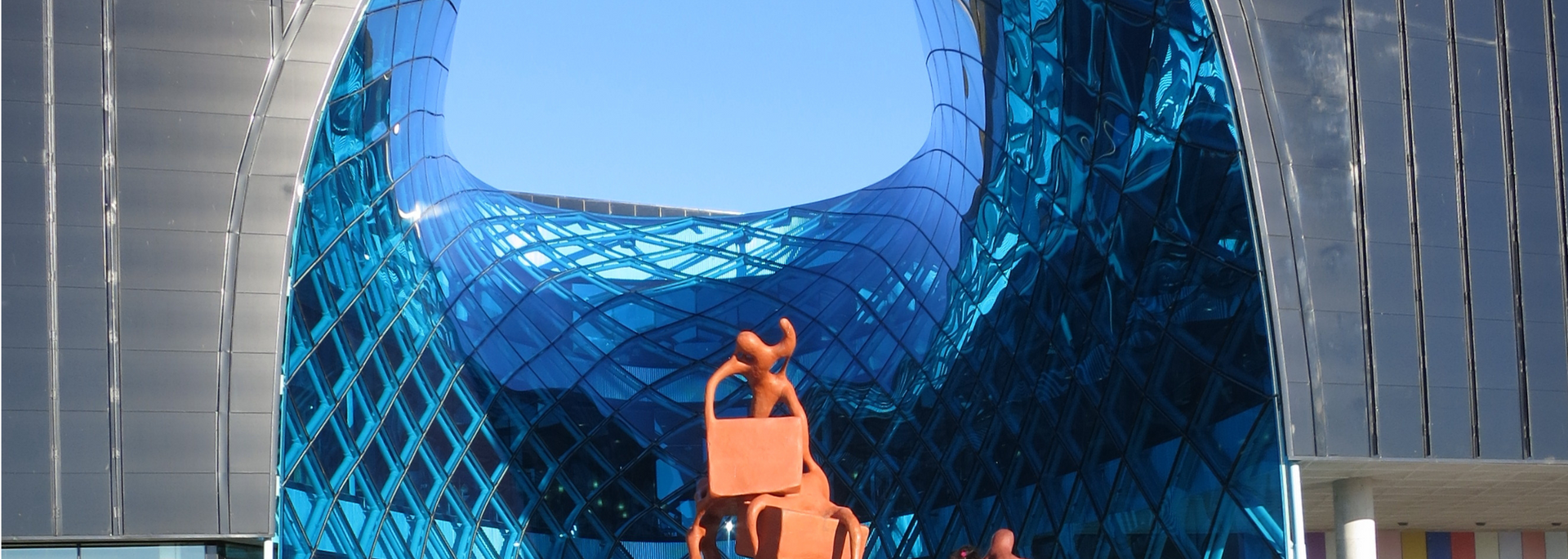
When Swedish architects Wingårdhs were asked to design the Emporia Shopping Center, just west of Hyllie Station in Malmö, they didn't cut corners. Instead, they cut a huge diagonal line down the middle of a 93,000-square-meter, three-storey building.
The so-called "Amber Entrance" is a remarkable feat of structural glazing. Its double-curved glass walls let light spill into the courtyard while grabbing the attention of every passerby.
Bronze-ochre on the front and marina blue on the back, the building boasts green areas as well as shops. In a word: monumental.
3. Elbphilharmonie, Hamburg, Germany

Known to Kulturfanatiker (culture vultures) as the Elphi, this concert hall is a striking example of what happens when you combine the comfort of the old with the shock of the new.
Opened in 2007, the Elphi consists of a glassy, wavy structure atop a 1960s brick warehouse. Its abstract curves – made of around 1,000 glass windows – have been compared to a sail, a wave and an iceberg. Whatever it resembles, there's an undeniable maritime feel to this eye-catching construction.
However, the acoustics have split opinion in a way the curved glass hasn't. Philip Kennicott of
The Washington Post called them "a marvel of clarity, precision and cool objectivity".
The less favourable school of thought is well-encapsulated by the audience members who shouted "Can't hear you!" at tenor Jonas Kaufmann in 2019.
Either way, there's no denying it's an impressive building – and that the curved glass plays a pivotal role.
4. Fondation Louis Vuitton, Paris, France
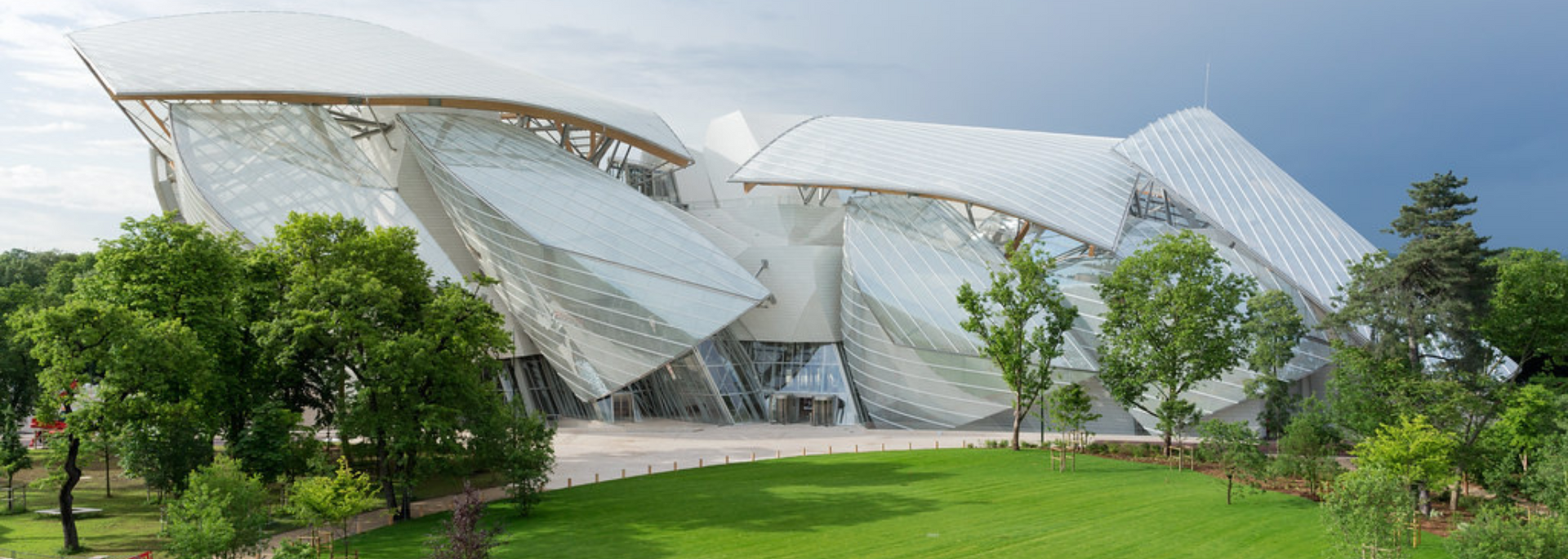
A self-described "transparent cloud", the Fondation Louis Vuitton is an art museum and cultural centre in Paris.
The word "cloud" captures something fundamental about the building. It's covered in an envelope of glass that gives it the simultaneous impression of cloud-like translucency and cloud-like movement.
It's a triumph of architectural ambition and realisation. Its 12 "sails" are formed of 3,600 individually shaped panels of curved glass.
Architect Frank Gehry said his aim was "to reflect our constantly changing world… To create a building that would evolve according to the time and the light in order to give the impression of something ephemeral and continually changing."
The glass itself required some serious out-of-the-box thinking. A special furnace was built just to make Gehry's dream curves a reality.
5. Vakko Fashion Center, Istanbul, Turkey
[IMAGE: Vakko Fashion Center – ideally a close-up of the curved glass Xs on the windows]
Vakko is Turkey's premier luxury fashion brand. And just as it grew from a small hat seller to a chain turning $424 million in 2023, so its headquarters in Istanbul combine the past, the present and the future.
The building began life as an abandoned concrete structure perched on a hill in the district of Maltepe. As with the designers of Hamburg's Elphi, the architects decided to augment this structure rather than conceal it.
They did this by cladding the building in light, thin, curved glass sheets held in place by brackets and other fixings. These were then wrapped in huge, distinctive Xs.
In one sense, Vakko Fashion Centre is one huge glass cabinet that showcases its wares with aplomb. However, whereas the showrooms are see-through, the offices sit atop the original building, covered in mirrored glass.
How is glass curved?
Everybody knows glass has to be handled with care. So, how on Earth do glass manufacturers bend it without breaking it?
The process is involved and requires high levels of precision. First, the glass is cut, cleaned and polished. Dust and impurities must be removed to ensure it doesn't crack or shatter.
Next, the glass is painted with detergent and calcium carbonate and placed in a steel mould. The glass in its mould is then placed into the kiln and fired at 700°C (1,300°F). The glass softens and bends, eventually taking on the shape of the mould.
Once out of the kiln, it's cooled for a couple of hours and voila! You have one piece of curved glass. Who knows where it will end up?
ToughGlaze is one of the UK's most trusted
custom glass suppliers. Do you need high-quality curved glass for an architectural project?
Get in touch with our team today to discuss your requirements or request a quote.



